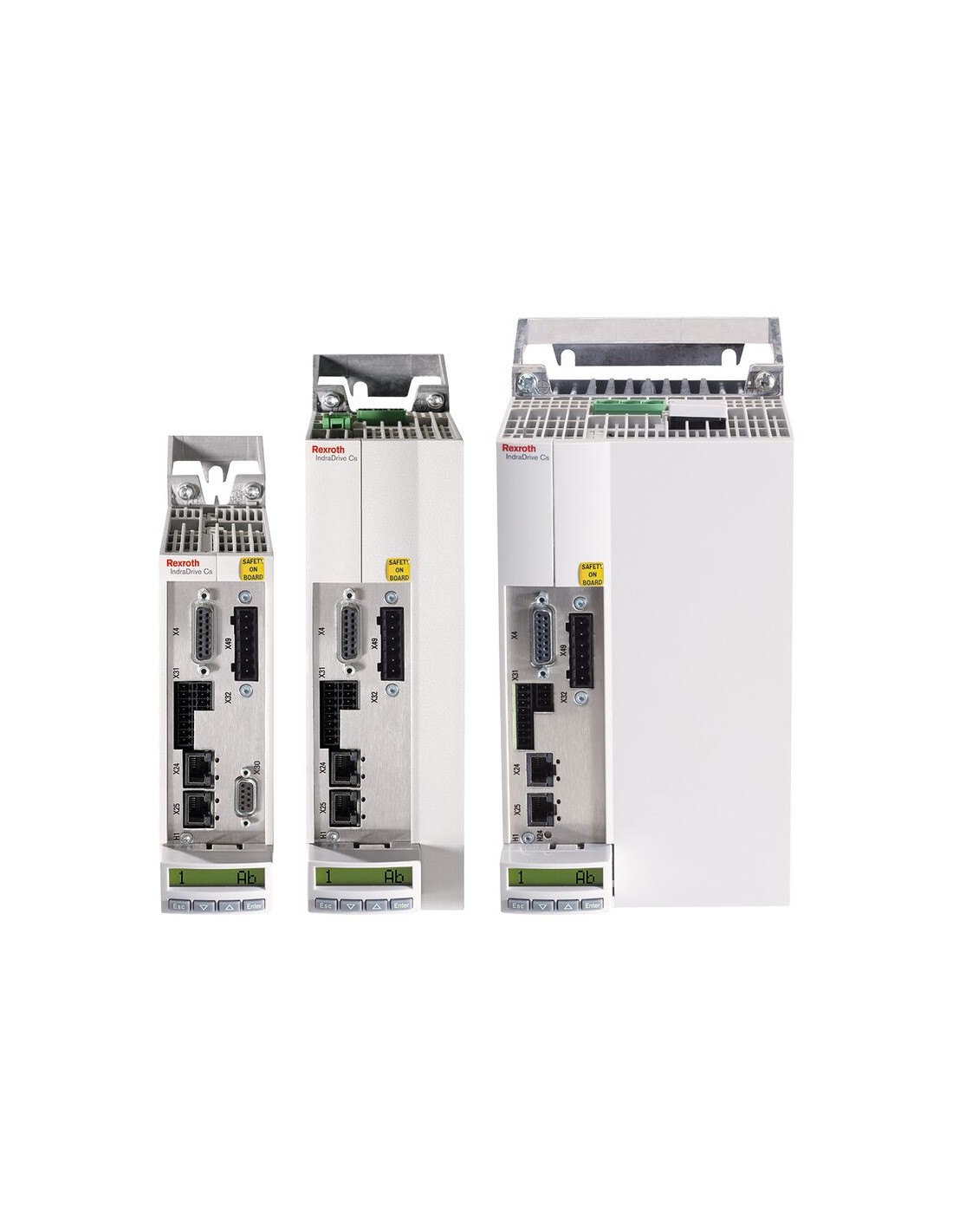
Should you Worry about Indramat Error Codes?
Encountering an Indramat error code on your machine’s status indicator can understandably raise concerns especially in time sensitive industrial environments. However, not every error code spells disaster. In fact, these codes are designed to assist with diagnostics, helping you identify issues before they lead to more serious problems or prolonged downtime.
With proper setup and operation, Indramat products known for their reliability and longevity rarely experience critical faults. But when something does go wrong, error codes are your first line of insight.
Understanding Indramat Error Codes
While error codes can seem intimidating at first, they are structured logically. If you’ve misplaced the manual or are unfamiliar with specific codes, interpreting them may be challenging but not impossible.
Indramat codes typically appear as alphanumeric combinations (such as F208 or E256) on the H1 status indicator of the drive. Each code corresponds to a specific type of fault or warning, and the response depends on the nature of the code.
Two Primary Types of Indramat Codes
There are two main types of Indramat diagnostic codes:
F-Codes (Fatal Faults)
These indicate critical issues that trigger an immediate shutdown of the drive. Operation cannot continue until the fault is resolved.
Examples:
-
F207 – Internal voltage error
-
F219 – Excessive internal temperature
-
F630 – Communication fault
E-Codes (Error Warnings)
E-codes are non-fatal warnings that allow the system to continue operating temporarily. These messages alert you to potential issues that, if left unattended, could evolve into more severe problems.
Examples:
-
E253 – Low battery warning
-
E256 – Motor temperature monitoring not functional
-
E825 – Encoder warning signal active
When to Take Action
While not all codes require emergency shutdown procedures, every error code should be taken seriously. Even warning codes offer critical information that, if ignored, can lead to future faults or mechanical damage.
If you’re unsure how to proceed:
-
Check the product’s user manual for code definitions.
-
Refer to the error hierarchy: Most manuals list causes and solutions in the order of likelihood.
-
Reach out to a professional repair service if the fix requires internal diagnostics, motor disassembly, or firmware resets.
FAQs
Can I continue operating my drive with an E-code?
Yes, temporarily. E-codes are designed as warnings and often give you time to troubleshoot and correct the issue. However, don’t delay repairs the drive may eventually shut down or escalate the issue to an F-code if not resolved.
Can all error codes be resolved by the user?
Not always. Some error codes such as loose connections or misconfigured parameters can be corrected in-house. Others, especially those involving internal drive faults, blown power sections, or encoder signal errors, may require expert service or component replacement.
For more information, contact PLG Automation:
Email: sales@plgautomation.com
Phone: 800-906-9271
